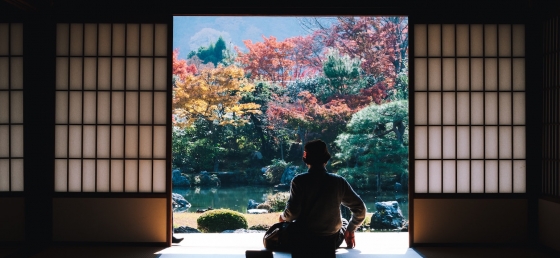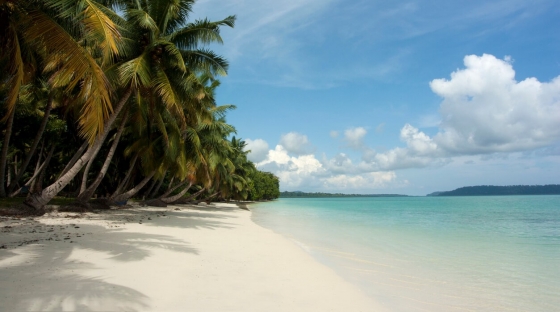Uijeongbu Weather and Climate: A Comprehensive Guide
Uijeongbu experiences great temperature shifts.
The city's weather can transition from very warm days
to cold weather.
It also experiences much rain/snowfall throughout the year.
Now, let’s break down all the climate details for a clearer picture.
Average maximum day and minimum night temperature
The climate in Uijeongbu is known for significant temperature differences throughout the year, making the weather dynamic. Average daytime temperatures reach a very warm 30°C in August. In January, the coolest month of the year, temperatures drop to a chilly 3°C.
At night, you can expect cooler temperatures, with averages dropping to around -8°C during this month.Check out our detailed temperature page for more information.
Temperature ranges by month
Precipitation and rainy days
Uijeongbu has a notably wet climate with abundant precipitation, recording 1261 mm of rain/snowfall per year. Uijeongbu can be quite wet during July, receiving approximately 325 mm of precipitation over 16 rainy days.
In contrast January, experiences much drier conditions, with 21 mm of snowfall, spread across 7 snowy days. For more details, please visit our Uijeongbu Precipitation page.The mean monthly precipitation over the year, including rain, hail and snow
Sunshine over the year
Uijeongbu can be enjoyed more throughout the sunniest month of May under a blue sky, with approximately 7.5 hours of sunshine daily. In contrast, the city experiences much darker days in July, with only 4.1 hours of sunlight per day.
Visit our detailed sunshine hours page for more information.
Monthly hours of sunshine
Daily hours of sunshine
Average humidity
The relative humidity is high throughout the year in Uijeongbu.
The city experiences its highest humidity in July, reaching 77%. In February, the humidity drops to its lowest level at 54%. What does this mean? Read our detailed page on humidity levels for further details.
Relative humidity over the year
Average wind speed
The mean wind speed varies between 2 m/s and 3 m/s throughout the year. It is lowest in January, February, March, May, June, July, August, September, October, November and December and highest during April.
The mean monthly wind speed over the year (meters per second)
broken clouds and no rain clear and no rain broken clouds and no rainForecast for Uijeongbu
Select a Month of Interest
Check the conditions for any month of the year.
The best time of year to visit Uijeongbu in South Korea
During the months of May and October you are most likely to experience good weather with pleasant average temperatures that fall between 20°C and 26°C.Other facts from our historical weather data:
The hottest season / summer takes place in June, July, August and September.
Most rainfall (rainy season) is seen in July and August.
August has an average maximum temperature of 30°C and is the warmest month of the year.
The coldest month is January with an average maximum temperature of 3°C.
July tops the wettest month list with 325 mm of rainfall.
January is the driest month with 21 mm of precipitation.
May is the sunniest month with an average of 225 hours of sunshine.
No idea where to travel to this year? We have a tool that recommends destinations based on your ideal conditions. Find out where to go with our weather planner.




